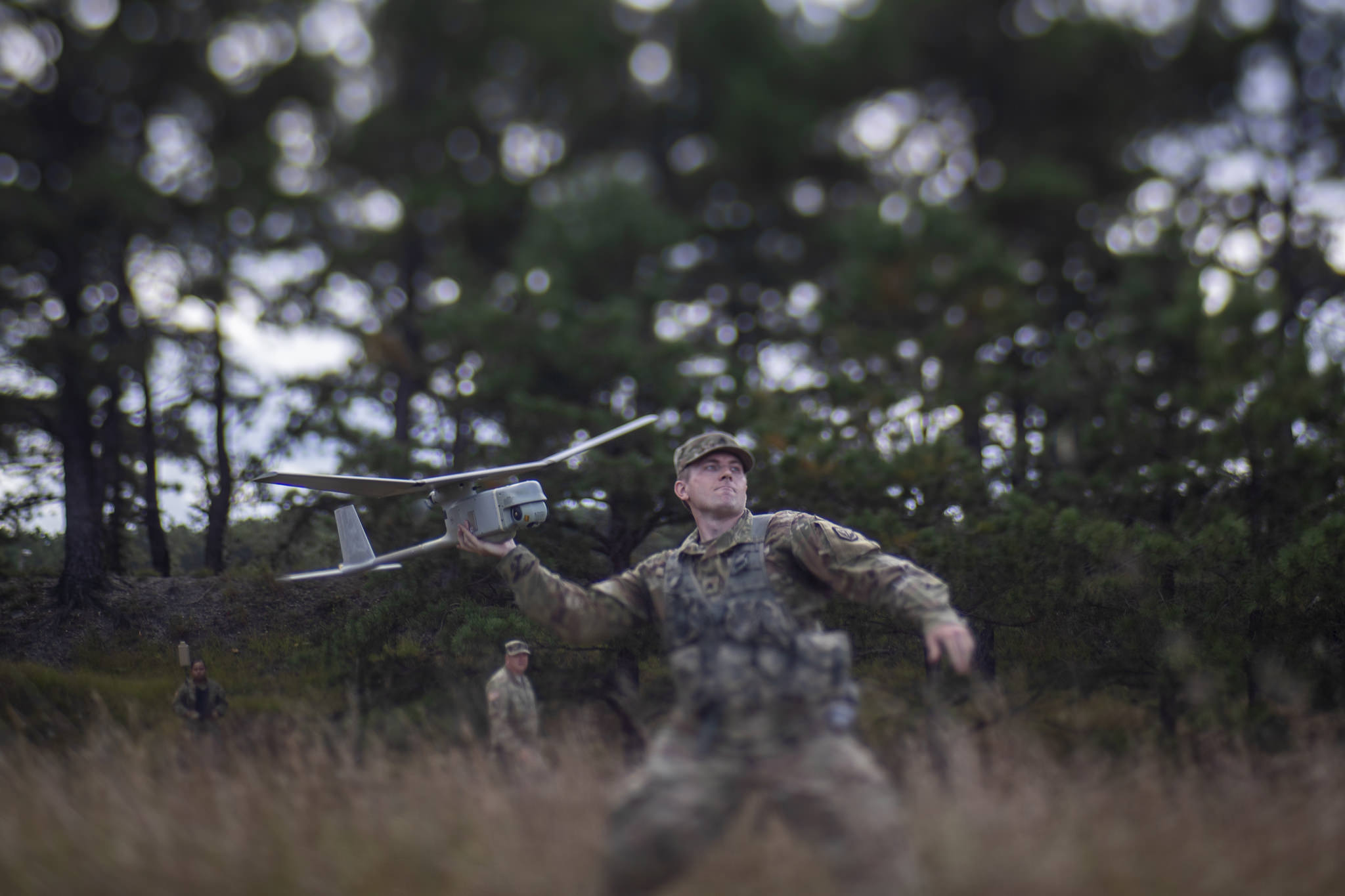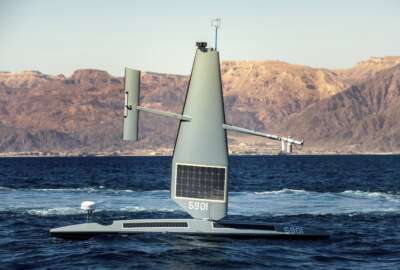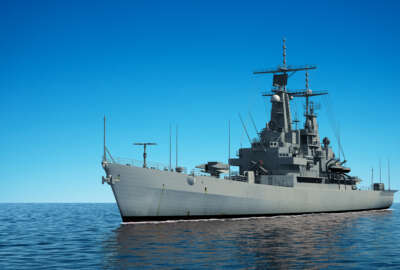Two years after it launched a new campaign to fund and experiment with emerging technologies from across the services, the Pentagon says it’s ready to start moving what it’s learned from the Rapid Defense Experimentation Reserve (RDER) into fielded programs. First, the services need a plan to work together on what they need and how many to produce.
After looking at a number of early-stage projects, the Pentagon plans to convene the Deputy’s Management Action Group, (DMAG), an assembly of four-star officers and senior civilian officials from across the services and agencies, to pick what projects they want to bring to production.
“We have a process laid out so this fall we can go to the DMAG. Every single service, every single [combatant command] is there. The system that’s successful — the one that gets through the wickets — will be presented at the DMAG because it is ready for rapid fielding,” Heidi Shyu, undersecretary of Defense for research and engineering said at an NDIA conference on emerging technologies Tuesday.
As the DMAG looks at different potential technologies, one or two of the services will take the lead in developing each project with the participation of other services. It’s a way to group together development and purchasing power for a given product rather than allowing the services to develop technology independently and risk a stove-piping scenario.
“If the services, for example, the Air Force and the Army will be the lead, that’s great, that shows a demand signal. If you only have one lead service [working alone], maybe you want to buy 50, he wants to buy 100, [the next service] wants to buy three? You are going to pay different price points, right? If you lump them together to provide a service, it’s like going to Costco — you buy bulk,” Shyu said.
While Shyu declined to name specific technologies that the DMAG will consider, she said the current focus is on capabilities to be used by the combatant commands (COCOMS) prioritizing the Indo-Pacific Command (INDOPACOM). Some of the new technologies will be part of Replicator, a DOD project to build thousands of somewhat disposable unmanned systems within the next two years.
“We focused on things like contested logistics — on what [INDOPACOM Commander Adm. John Aquilino] needs. For joint fires, that means any sensor, any shooter. That means an Air Force sensor could see the target first, maybe a Navy or Marine shooter could go after it,” Shyu said. “We identified a list of prototypes for either the services or industry or the COCOM that can fulfill the capability needs.”
This summer, some of the RDER prototypes were tested by National Guardsmen at Camp Atterbury in Indiana. After the initial round of testing, the guardsmen used some of the experimental systems in the Northern Edge exercises at the camp. The prototypes that will be presented to the DMAG passed multiple tests to determine how well they functioned in the field.
“We want to show military utility — is this robust enough? Is this going to be viable? We went through a whole series of testing,” Shyu said.
The Defense Department requested $687 million for RDER in fiscal 2024, which would more than double its 2023 budget. Shyu said she is working closely with undersecretary of Defense for acquisition and sustainment Bill LaPlante to work out acquisition strategies for the program.
“This is where acquisition and sustainment, namely production, comes in for us on the research and engineering side. I have to throw the football, but he [LaPlante] has to catch it,” Shyu said.
Copyright
© 2024 Federal News Network. All rights reserved. This website is not intended for users located within the European Economic Area.






